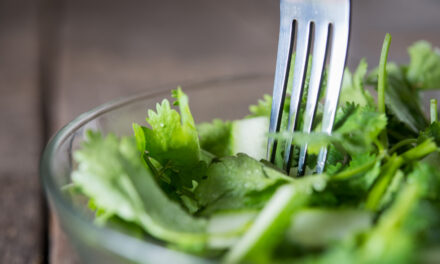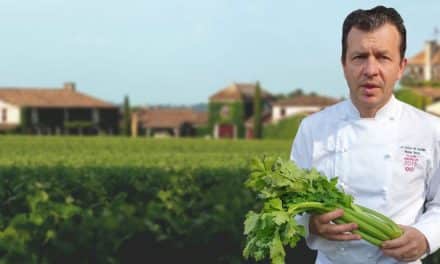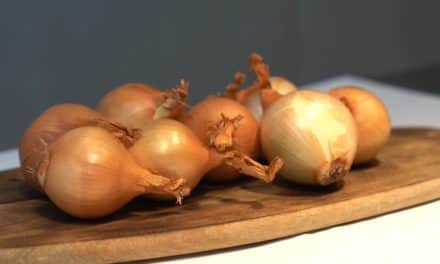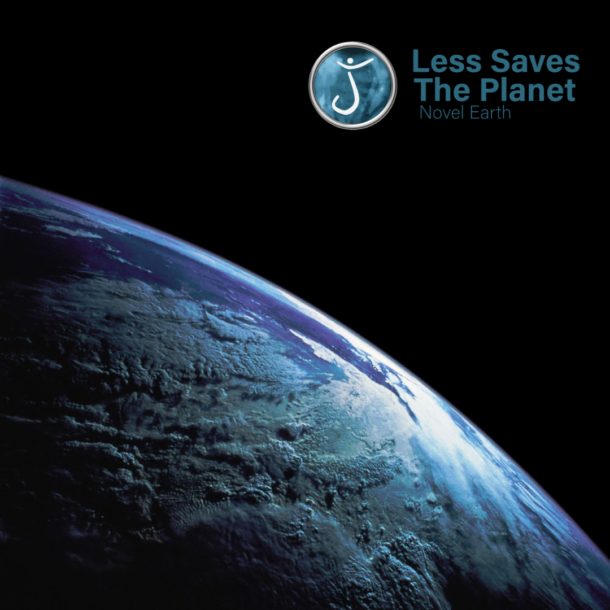
HOW TO CHOOSE CARROTS ? WITH CHEF ERIC BRIFFARD
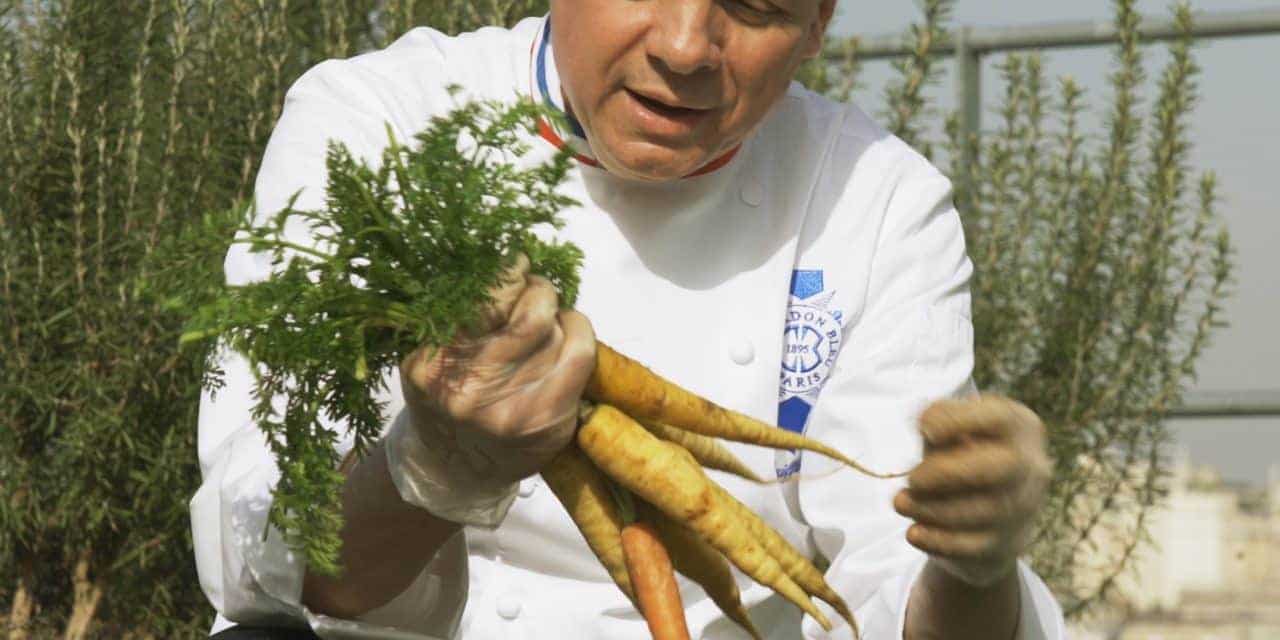
According to the saying, “eating carrot makes you kind.” Naturally, our chef Saves The Planet Éric Briffard chose this vegetable for the focus of the week. The double-starred chef has created an eco-responsible recipe that you can reproduce at home.
The carrot comes from the Apapae family, just as fennel. With 332,000 tonnes harvested per year for the fresh market, France is the fourth producer in Europe. Carrot is the second favorite vegetable in France, it is very familiar to us. But do we really know it?
Find out all about carrot now!
Choose it well and keep it
Carrots tend to contain more pesticides than other plants: focus on organic farming.
When choosing your carrot, prefer one with a smooth skin and a pronounced colour. The more sweet the carrot tastes. Beware of split plants: they have remained in the ground for too long.
If they are sold with their leaves, choose them green.
The carrot is eaten first in January, April, September and October. The full season runs from May to July.
The shelf life of the carrot depends on the season you buy it. Fresh carrots are usually sold without bales and can be stored for up to eight days in the refrigerator in the vegetable tray. If you buy on-call or seasonal carrots, you can keep them for at least eight days. With their bales, the carrots can only be kept for two to three days, so consider cutting them.
Less Saves The Planet recommends peeling the carrots and then placing them in an airtight container filled with water in the refrigerator to better preserve them.
No matter which preservation method you choose, separate the carrot from the ethylene-producing fruits and vegetables. As it is sensitive, this hormone will rot faster!
A vegetable that guarantees your health
Thanks to its nutritional richness, the carrot has many advantages for your health. These have been proven by numerous studies. Here are a few:
- Prevents vision problems. The beta-carotene contained in the carrot is transformed into vitamin A by the body, essential for healthy eyes. This can reduce the risk of cataracts or night blindness.
- Boosts memory with vitamin C and the beta-carotene it contains. Eating more vitamin C may reduce the risk of dementia.
- Helps reduce cholesterol with its soluble fibre.
A production that respects the planet
The carrot requires very little water to be grown: its water footprint is 195 litres for the production of 1 kg. Of these, 106 L are provided by green water in other words natural rainfall. On the other hand, the production of 1 kg of carrots emits only 0.11 kg of greenhouse gases. For comparison, note that the beef’s carbon footprint is about 28.3!
You’ll know which vegetable to taste once May comes!







